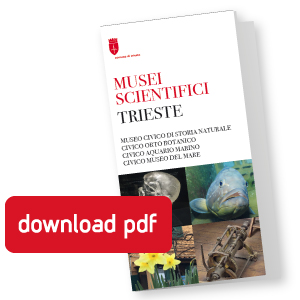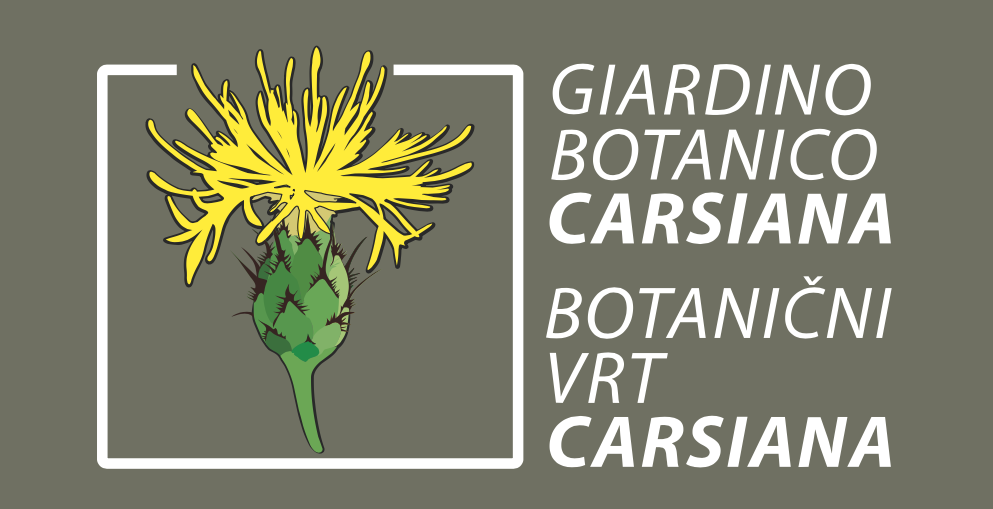
A walk through the Botanical Garden to discover its treasures in company of the characters and the immortal lines of Shakespeare’s genius.
The initiative of the Garden joins the many others all over the world. It aims at adding a literary and romantic flavour to the usual walk of the people visiting the place: nature and landscape lovers, botanists, teachers, students, Italian and foreign visitors. One hundred seventy five plants, herbs, flowers are mentioned in Shakespeare’s works, meaningful for their symbolism, magical effects and qualities, often a reflection and metaphor of the human soul. In the Garden they are abundant. All you have to do is looking for them while walking along the paths in a relaxing, instructive and gratifying treasure hunt.Pathways
Educational Corner
Project 'Shakespeare in the Garden'
- 1. That we call a rose
- 2. On the pendant boughs
- 3. Double, double, toil and trouble
- 4. Tomorrow, and tomorrow, and tomorrow
- 5. And the mustard was good
- 6. All the perfumes of Arabia
- 7. I have seen roses damasked
- 8. The Art itself is Nature
- 9. When I consider everything that grows
- 10. For so work the honey bees
- 11. All the world's a stage
- 12. That's for remembrance
- 13. Sigh no more, Ladies
The project arises from a chance encounter and the swift sharing of an inspirational idea
September 2018 – Trieste in a typical sunny and windy day. The study group of the European Erasmus Plus project ‘Jardin sans frontière’ is visiting the Botanical Garden in an atmosphere of cultural exchange and sharing when the idea of a project dedicated to Shakespeare arises in the shape of botanical pathways inspired to his works.
The newly-built team works constantly and cooperatively in a mood of enthusiastic interest, eagerness and intellectual enjoyment to achieve the envisaged objectives. Meetings are planned to establish each specific stage aimed at the development of stirring literary-botanical pathways fitting the structure of the garden while crossing the Shakespearian floral elements with the existing botanical species. Then, the selection and organization of all data and the realization of the whole plan. The project grows, thus taking on an increasingly clearer identity until four meaningful walkways are determined: the Shakespearian pathways. Here the Bard’s work and the natural world meet in a harmony of poetry and green.
from an idea of Gianrossano Giannini, Mary Gino, Giuliana Corbatto
selection of texts and translations Mary Gino, Giuliana Corbatto
graphic design Antonio Ambrosino
botanical coordination and consultancy
Massimo Palma








